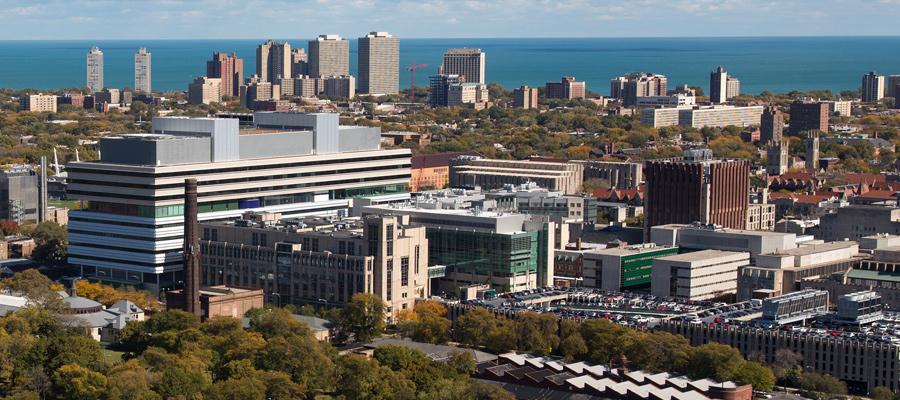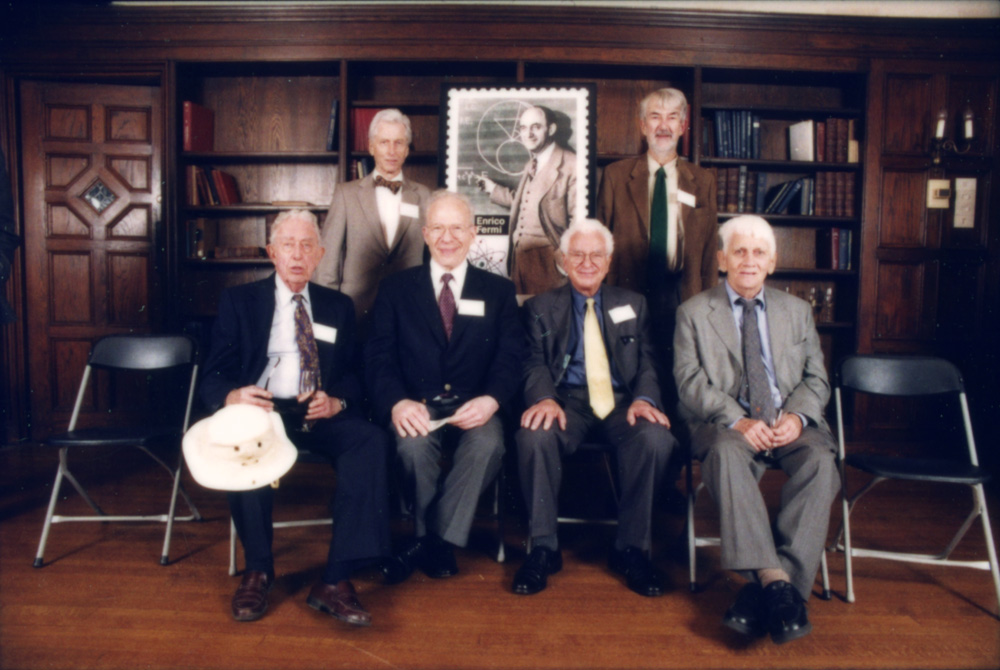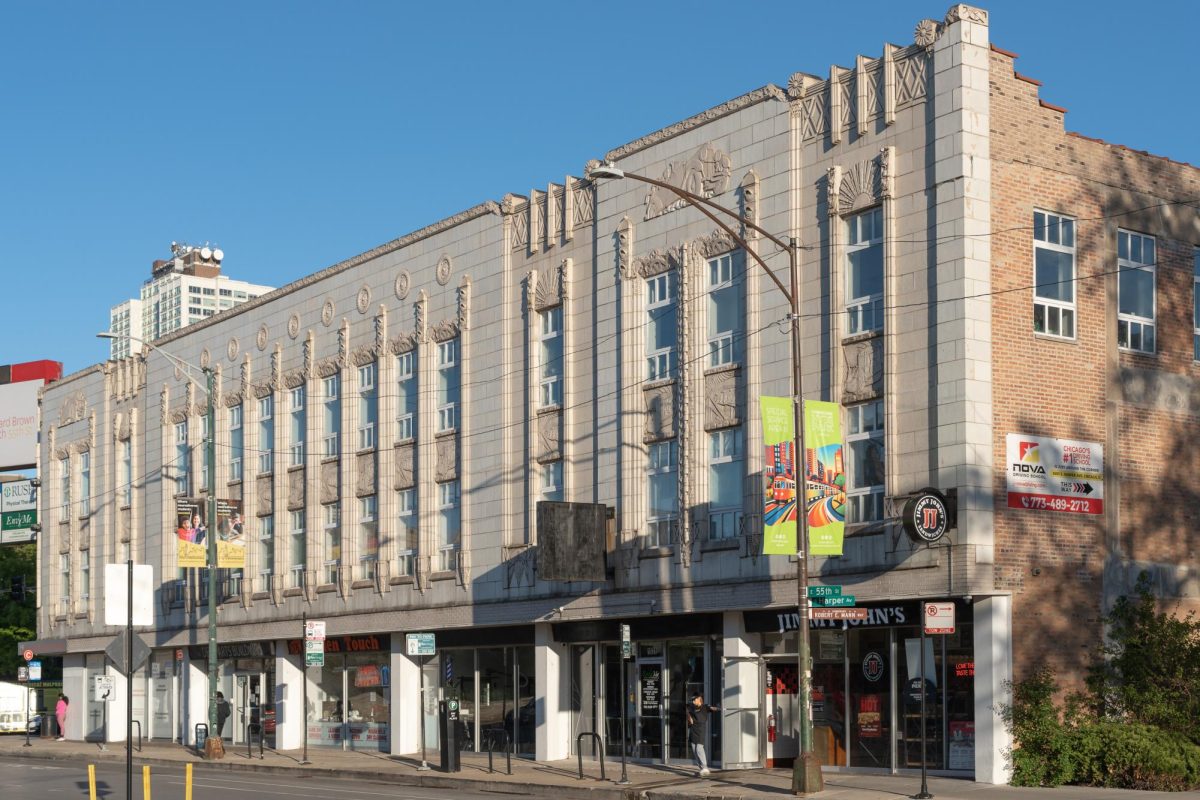Continuing a seven-year tradition, Dean of the College John Boyer, Vice President of Community and Government Affairs Hank Webber, and sociology professor Terry Clark led the annual South Side Bike Pedal on Saturday, October 6.
The 17-mile bike tour led students through the South Side of Chicago, offering brief speeches at various Chicago landmarks. The city’s multifaceted history unfolded as each guide provided a unique angle on a variety of subjects: architecture, street design, racial tensions, classism, mixed-income housing developments, the role of the University in the South Side, public housing, police management, city administration, and the Daley family legacy. The event was originally held as a supplement to Clark’s sociology students but has since been opened up to the College and the public at large.
Despite record-high temperatures, the two dozen or so riders participated with enthusiasm, peppering the guides with questions as they made stops along the route.
The tour began in Washington Park, near the DuSable Musuem of African-American History, and headed north to the world headquarters of Operation PUSH, the African-American advocacy group headed by the Reverend Jesse Jackson. This area of Chicago along South Drexel Boulevard, Webber pointed out, continues to be a central point of African-American culture and a vibrant part of the city.
The tour continued to East 35th Street and South Lake Park Avenue, the site of the Stephen A. Douglas Tomb, and wound through the South Loop, making a stop at the Clarke House Museum—the oldest house in Chicago. Webber discussed the housing market in this neighborhood, noting that business-led redevelopment has caused “downtown to push back against the growth of the South Side,” reiterating the role of shifting economic groups in shaping Chicago’s demographic makeup.
The tour continued with stops at the Jane Addams Hull House on the campus of the University of Illinois at Chicago and then at the Illinois Institute of Technology. At IIT, Webber discussed how new architecture had revitalized the neighborhood and the University. The ride concluded at the Harold Washington Cultural Center on 47th Street, where the three guides reemphasized the roles of all citizens of Chicago in molding the future of the city.








